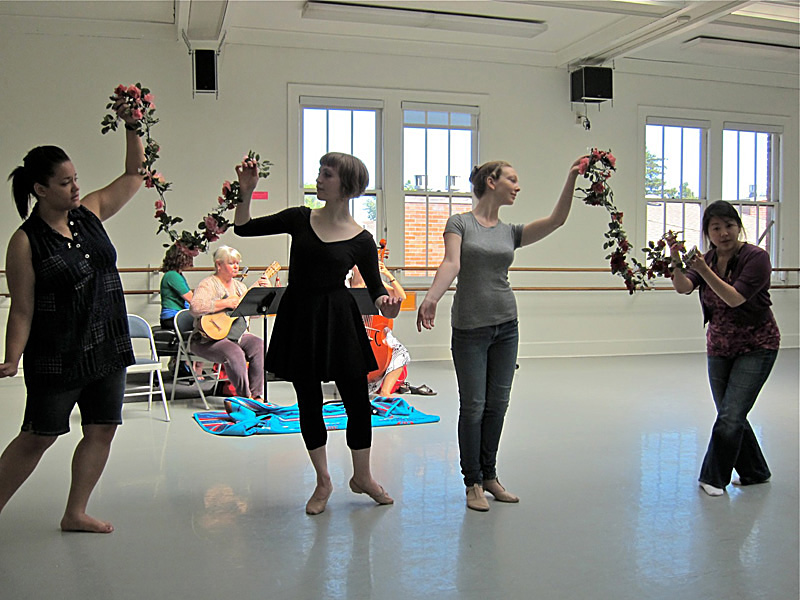There are reasons opera became so widely and wildly popular so soon after its birth (c. 1600), and since 2009 Pacific MusicWorks has been exploring why and how it caught fire through its exciting stage productions. We can’t recreate the social milieu of the 17th century, when opera was the sole communal yet opulent art form that could flourish outside churches or courts, where the only hierarchy was of talent and the only obeisance paid was to the flamboyant stars onstage. But we can recreate the sounds that captivated those audiences: the singers’ improvisatory skill and expressiveness; the sometimes brash, sometimes meltingly subtle colors of the instruments used back then. Pacific MusicWorks’ summer workshops, Accademia d’Amore, gather musicians from across the country to investigate and revitalize this repertory and style, coached by some of the top names in period performance not only in Seattle but in the world: lutenist Stephen Stubbs, gambist Margriet Tindemans, dance specialist Anna Mansbridge, and many others. The workshop culminates this weekend in a performance of staged opera scenes by composers like Francesca Caccini (born in 1587, she apparently was the first woman to write an opera), Francesco Cavalli, Marc-Antoine Charpentier, and more. There is, however, one important early-opera technique Pacific MusicWorks has no plans to revive: castrating promising young male singers before their voices changed, so they retained a boy singer’s soprano range but developed a man’s lung power. In other words, if it ain’t baroque, don’t fix ’em.
Born Again
Revisiting the materials and manners of early opera.




